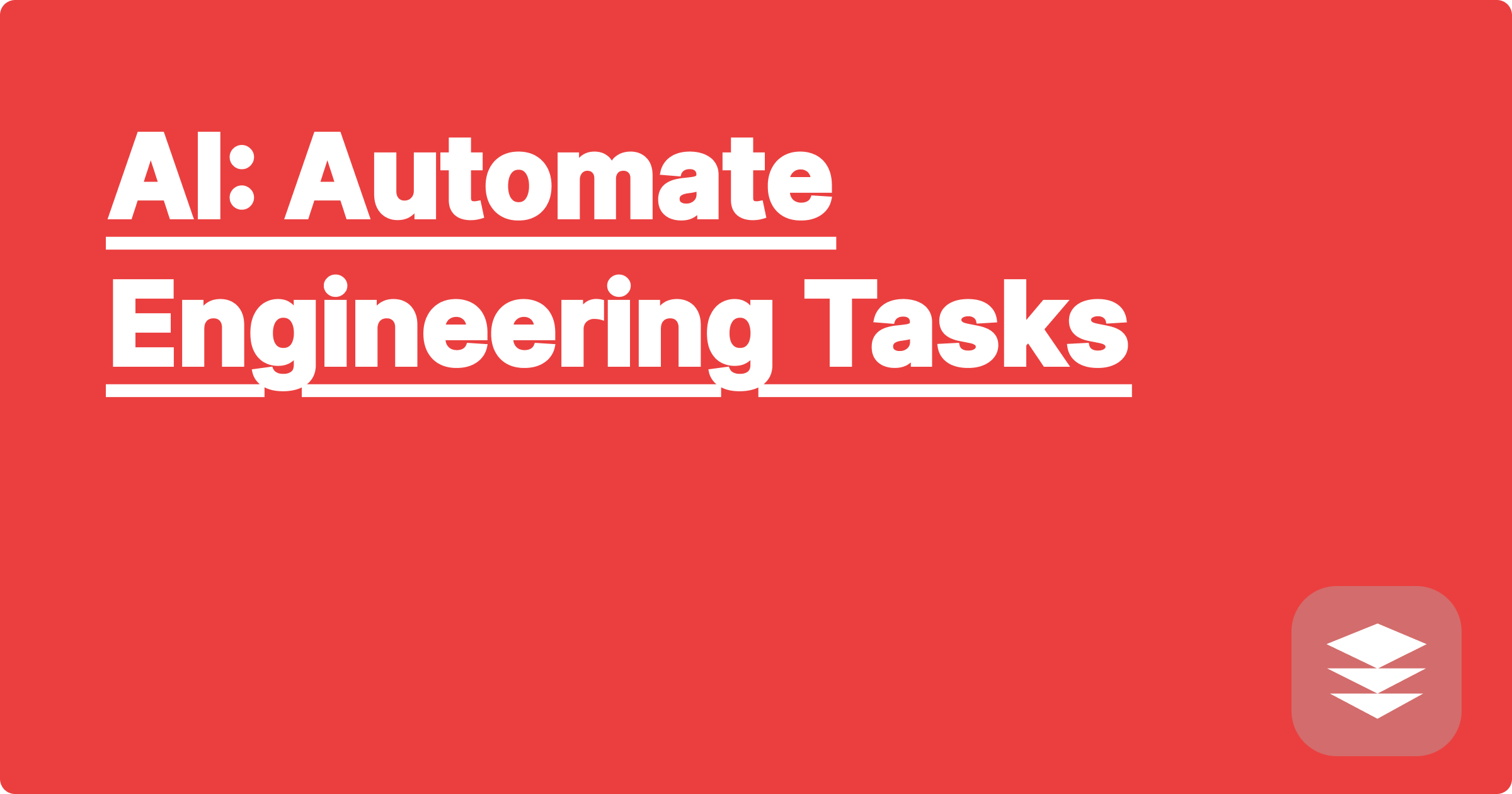
The ever-increasing complexity of STEM challenges demands innovative solutions, and Artificial Intelligence (AI) emerges as a powerful tool to address these demands. AI offers the potential to automate tedious and repetitive tasks, freeing up valuable time for STEM students and researchers to focus on higher-level thinking, creative problem-solving, and groundbreaking discoveries. This paradigm shift promises to accelerate the pace of innovation across various scientific and engineering disciplines.
For STEM students and researchers, harnessing the power of AI is no longer a luxury but a necessity. Understanding how to leverage AI tools can significantly enhance productivity, improve research outcomes, and provide a competitive edge in the rapidly evolving technological landscape. Embracing AI empowers individuals to tackle complex problems more efficiently, explore new avenues of research, and ultimately contribute to significant advancements in their respective fields.
Many STEM fields involve repetitive tasks that can be time-consuming and prone to human error. These tasks, such as data entry, literature review, code debugging, and even parts of experimental design, can often distract researchers from the core intellectual work. For example, a researcher in materials science might spend hours manually analyzing microscopy images to identify specific microstructures. Similarly, a bioinformatics student could dedicate days to cleaning and formatting large datasets before any meaningful analysis can begin. This repetitive nature not only reduces efficiency but can also lead to burnout and hinder the overall progress of research projects. Furthermore, the sheer volume of data generated in modern scientific endeavors often overwhelms traditional analytical methods, making AI-driven solutions crucial for extracting meaningful insights.
AI tools like ChatGPT, Claude, and Wolfram Alpha offer powerful capabilities to automate many of these repetitive tasks. ChatGPT and Claude, for instance, can be utilized for natural language processing tasks, such as summarizing research papers, generating code snippets in various programming languages, and even assisting with the writing process. Wolfram Alpha excels in symbolic computation and can be invaluable for solving complex mathematical equations, performing statistical analysis, and providing access to a vast knowledge base of scientific facts and formulas. By strategically integrating these tools into their workflow, STEM students and researchers can significantly reduce the time spent on mundane tasks and focus on the more intellectually stimulating aspects of their work.
Let's consider the example of a researcher analyzing microscopy images. Instead of manually examining each image, they can train a machine learning model using a labeled dataset of images. This training involves feeding the model a set of images along with corresponding labels indicating the presence or absence of specific microstructures. Once trained, the model can then be used to automatically analyze new images and identify the desired features. To achieve this, the researcher can use a platform like Google Colab, which provides free access to computational resources and pre-installed machine learning libraries. They can then write Python code using libraries like TensorFlow or PyTorch to build and train their model. The trained model can then be deployed as a web application or integrated into existing image analysis software.
Consider a chemical engineer working on optimizing a reaction process. They can use Wolfram Alpha to quickly calculate complex thermodynamic properties, equilibrium constants, and reaction rates for various conditions. This eliminates the need for manual calculations and allows the engineer to explore a wider range of parameters more efficiently. For example, they can input a chemical equation like "C + O2 -> CO2" into Wolfram Alpha and instantly obtain information about the reaction enthalpy, entropy, and Gibbs free energy. Similarly, a biologist studying protein folding can use ChatGPT to generate Python code for molecular dynamics simulations, significantly reducing the time required for setting up complex computational experiments. They can provide ChatGPT with a prompt like “Write Python code using MDAnalysis to analyze the RMSD of a protein trajectory” and receive functional code snippets.
Effectively using AI in STEM requires a strategic approach. First, it is essential to identify the specific tasks that can be automated. Focusing on repetitive and time-consuming activities yields the greatest benefits. Second, understanding the strengths and limitations of different AI tools is crucial. ChatGPT excels at text-based tasks, while Wolfram Alpha is better suited for mathematical and symbolic computations. Choosing the right tool for the task is essential for maximizing efficiency. Third, continuous learning and adaptation are key. The field of AI is rapidly evolving, and new tools and techniques are constantly emerging. Staying up-to-date with the latest advancements is essential for leveraging the full potential of AI.
Conclude by emphasizing the transformative potential of AI in STEM. By embracing these powerful tools and incorporating them strategically into their workflows, students and researchers can significantly enhance their productivity, accelerate the pace of discovery, and ultimately contribute to groundbreaking advancements in their respective fields. Exploring the vast resources and capabilities offered by AI is not just recommended, but essential for navigating the increasingly complex landscape of modern STEM research and education. The future of STEM is intertwined with the intelligent application of AI, and those who embrace this synergy will be best positioned to drive innovation and shape the world of tomorrow.
AI: Your Coding Homework Buddy
AI: Automate Engineering Tasks